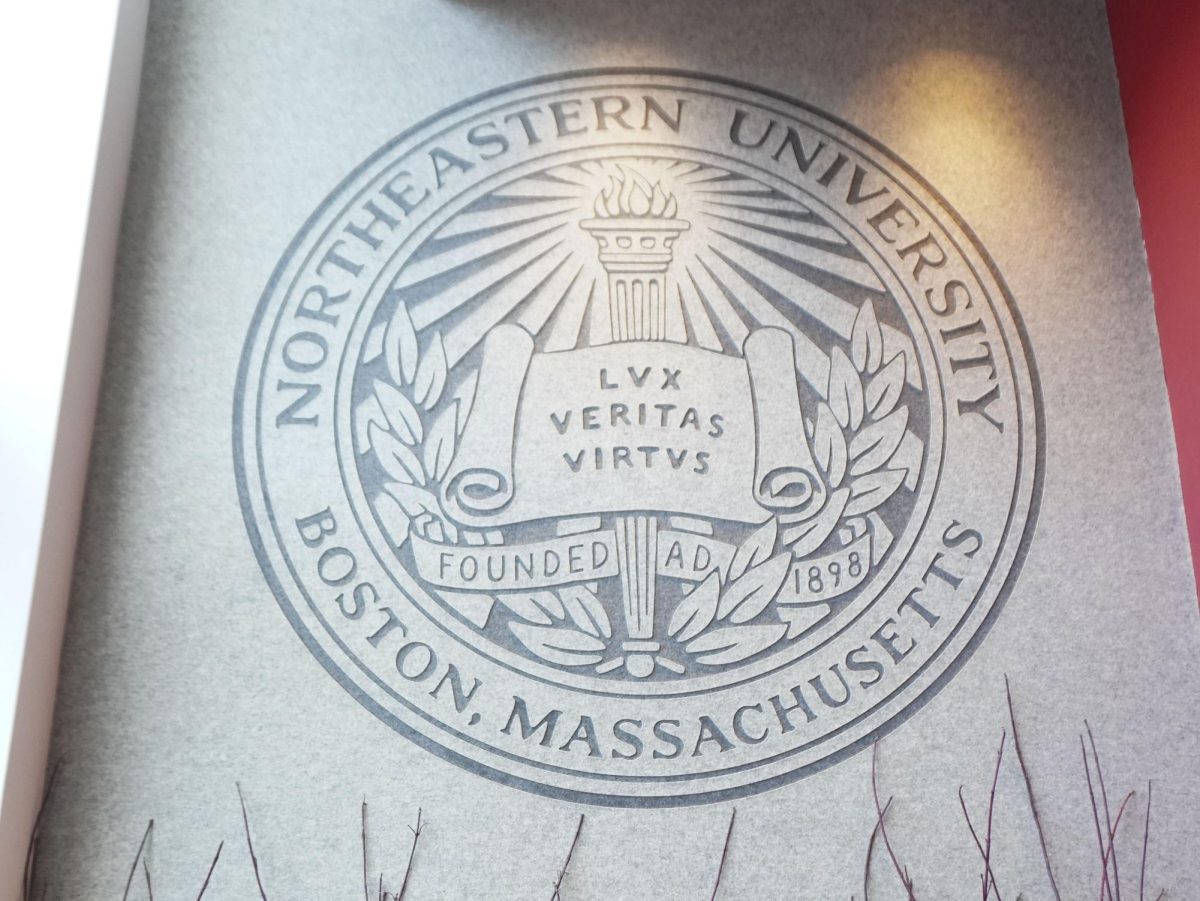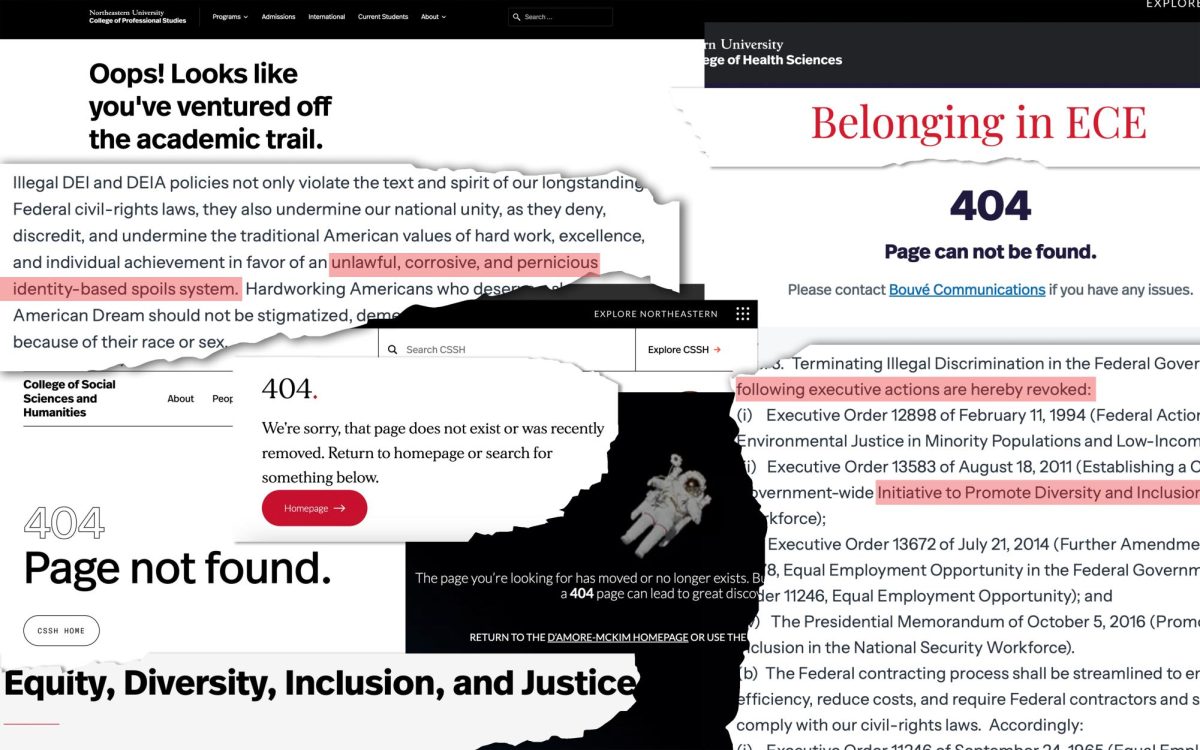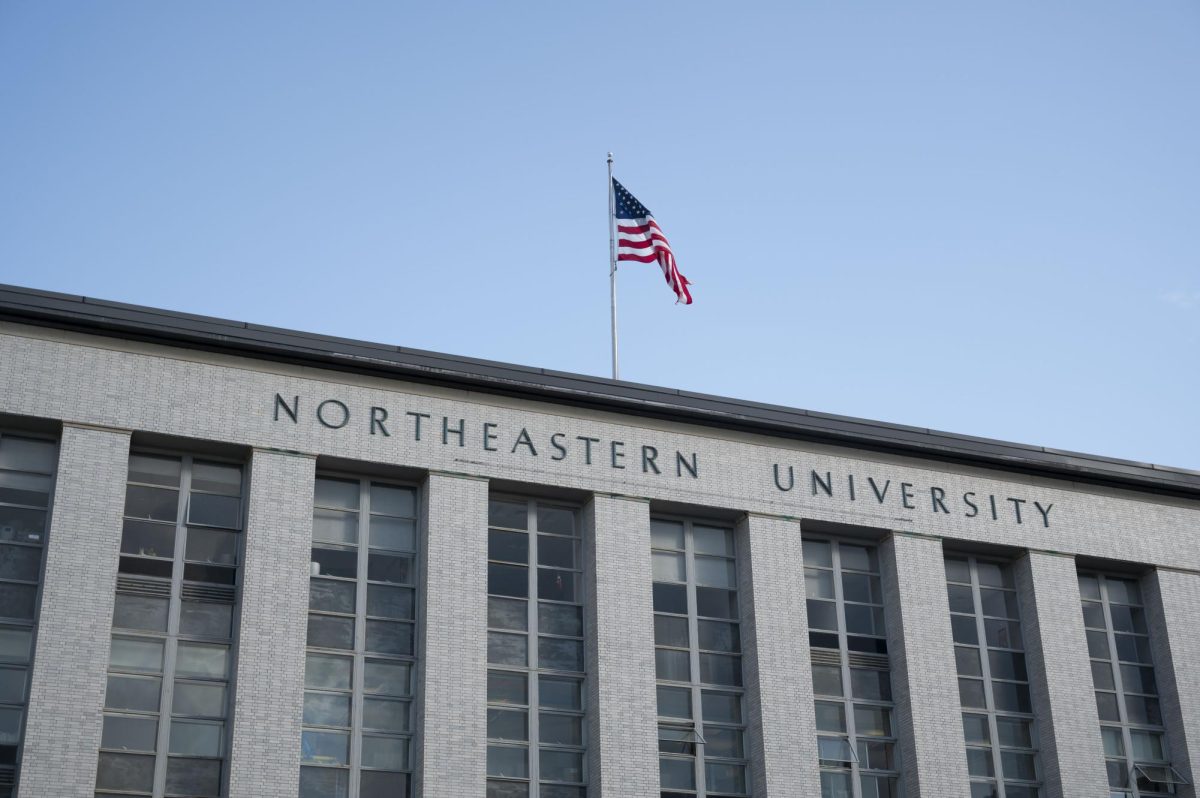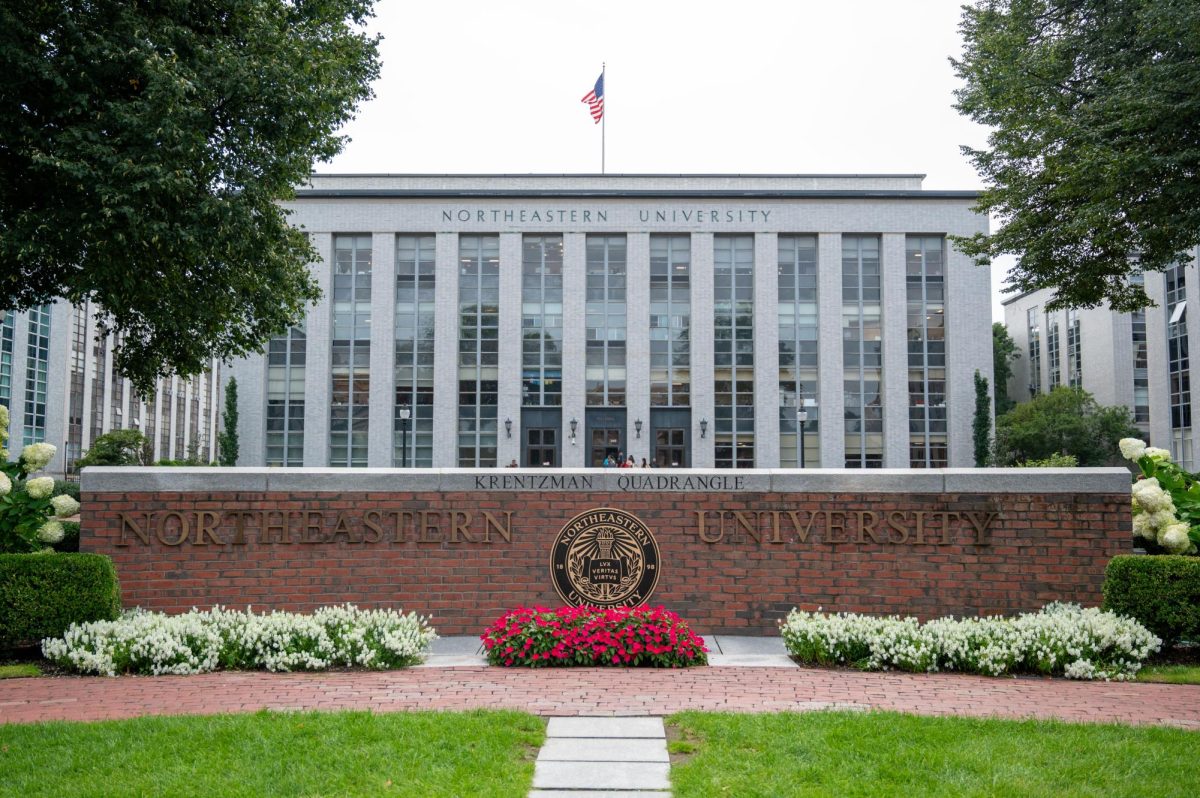By Matt Collette
The Northeastern administration improved on its report cards this year.
After receiving a disappointing C- on last year’s College Sustainability Report Card, a survey that looks at environmental practices of schools with large endowments, Northeastern improved to a B this year, placing it in the top third of schools nationwide and in fifth place among Massachusetts schools.
The report was broken down into eight areas: Administration; Climate Change ‘ Energy; Food ‘ Recycling; Green Building; Transportation; Endowment Transparency; Investment Priorities; and Shareholder Engagement. Northeastern recieved As in Climate Change ‘ Energy, Green Building, Transportation and Investment Priorities; Bs in Administration and Food and Recycling; an F in Endowment Transparency; and was not graded in Shareholder Engagement.
Senior Vice President for Administration and Finance Jack McCarthy said he was pleased with the results.
“My overall perspective on the Report Card is … I’m very pleased where it came out,” he said.
President Joseph Aoun agreed, saying he thought the results were “fantastic.”
McCarthy noted that the F in Endowment Transparency brought the overall grade down, said it is university policy that the composition of the endowment remain available to trustees and senior administrators.
“Endowment Transparency doesn’t really relate to the substantive issues relating to sustainability,” he said. “The real criteria, we did really well in.”
McCarthy said while Northeastern’s grade improved, the university’s efforts on environmental sustainability have been consistent during the past years.
“Perhaps we weren’t as thorough in our response last year,” McCarthy said, reflecting on Northeastern’s response to College Sustainability Report inquiries before the first reports were released last January. “This year we took the process very, very seriously.”
President Aoun’s signing of the President’s Climate Commitment, an effort among university presidents to reduce greenhouse gas emissions and accelerate research and education relating to global warming and heighten awareness of environmental issues on campus, McCarthy said.
Dan Bourque, vice president of facilities, said many major projects have reduced Northeastern’s environmental impact, like removing unnecessary lighting fixtures, switching to energy efficient lighting and appliances and renovation projects that made roofs and windows more energy efficient.
This summer’s renovation of Smith Hall. This included installing a “green roof,” in which the black, tar roof was replaced by a white material. The switch ensured that the building did not absorb as much heat, which minimizes the energy load of air conditioning.
Dockser Hall renovations, which are happening right now, include installing half-inch thick windows that keep heat or air conditioning from escaping.
McCarthy said the university’s biggest project in terms of environmental sustainability is the Parcel 18 residence hall that is currently under construction. Northeastern is working to get a Leadership in Energy and Efficiency Design (LEED) certification from the US Green Building Council and is installing systems like low-flow toilets, a green roof and a groundwater reclamation system into the new residence hall. The LEED certificate is for institutions with environmentally-friendly buildings.
“All of those get you points toward LEED certification, so you’re minimizing the number of resources you use,” Bourque said.
Other steps Northeastern has taken include installing a set of 90 solar panels on top of the Curry Student Center, which generate more than 21 kilowatts of power, and using electric vehicles instead of gas or diesel powered ones. For facilities crews working on campus, club cars are used instead of vans or trucks.
McCarthy said the university must balance economic and environmental concerns when planning and implementing new systems, but said most technologies are ultimately economically advantageous to the university, especially in new construction projects.
Next year, Northeastern is hoping for a B+, though McCarthy is unsure of how the Endowment Transparency grade will affect the overall average.
Students can help improve the environmental sustainability of the university by shutting off lights if they are the last to leave their residence hall room or a classroom, Bourque said. He said during the last winter break, more than 200 windows were left open, which forced much more heat to be used. Students should also avoid setting their thermostats to extreme hot or cold temperatures.
Mandy O’Brien, a middler finance major and co-director of the Husky Energy Action Team (HEAT), said despite achievements the university was still lacking in some areas.
“We’re nowhere near carbon neutrality, how could we possibly get a B?” O’Brien said.
However, the university is headed in the right direction, O’Brien said, focusing largely on conservation. She said for Northeastaern to obtain renewable energy sources would be a “huge investment” but said as a major energy purchaser the university has the power to demand more from their energy providers. This spring, HEAT will begin campaigning for an opt-out fee for a renewable energy fund to be added to student tuition.
O’Brien, McCarthy and Bourque all expressed satisfaction that Northeastern had pulled ahead of some Boston schools and was close to others.
“The fact that we are rated above BU and BC is huge. … MIT only got a B+, which is kind of ridiculous because they’re an institute of technology,” O’Brien said.
With a new set of wheels, Aoun said he was also doing his part to save resources. The university recently purchased a new car that will provide transportation for the president: a 2008 Lexus RX400h, a hybrid-model SUV, according to Brian Kenny, vice president for marketing and communications.
The dark colored car, which costs nearly $50,000, features a navigation screen that illustrates the distribution of gas and electric power while the car is being driven, according to the Lexus website. It fetches about 24 miles per gallon on the highway.









